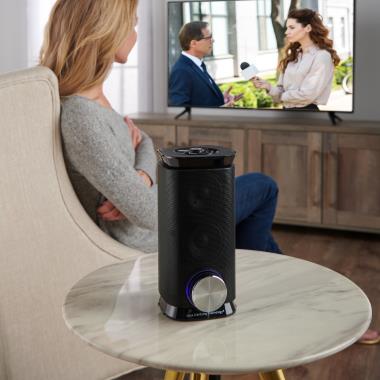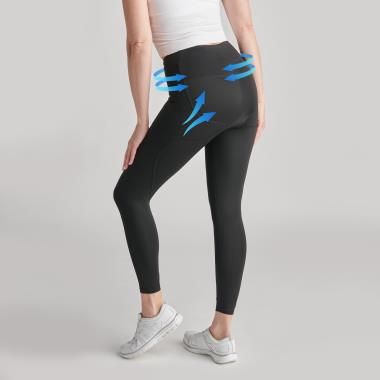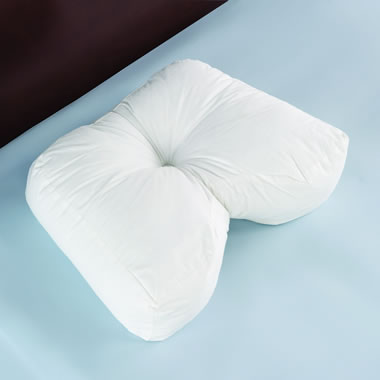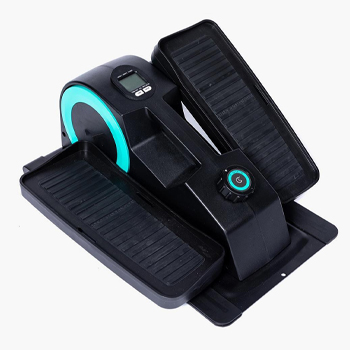June 19, 2020
Home Health Care Series
Part 4 – Respiratory/Pulse Rate
The previous installment of our four-part Home Health Care series focused on measuring body weight (Part 3 - Weight), today we'll be concluding our series by looking at the importance of using a pulse oximeter as a way to continue to monitor one's wellness while at home.
Acute hypoxia (otherwise known as silent hypoxia) is when one's oxygen level in the blood drops without any warning. During today's pandemic, doctors have reported cases of COVID-19 patients who had no signs of respiratory issues — shortness of breath and coughing — but whose blood oxygen levels dropped rapidly to a point of critical respiratory distress.
What is the relationship between respiratory rate/pulse rate and COVID-19?
As the CDC has stated, older adults and anyone who has a severe underlying condition such as heart or lung disease appear to be at higher risk for developing more serious complications from COVID-19.
The CDC advises monitoring for cough, fever, and shortness of breath — and this is when using a pulse oximeter can help you decide if your symptoms warrant a trip to the emergency room. Generally, an oxygen level is between 95-97% is normal; below 90% is as good a reason as any to go to the emergency room.
The Easy Read Pulse Oximeter provides an easy way to monitor your blood oxygen level and pulse rate while at home.
- It monitors blood oxygen level (%SpO2) and pulse rate (PRbpm)
- It uses large high-contrast numbers on a dual-color OLED display
- It has six display options
We hope our home health care series has helped you consider the appropriate measures to take for equipping your home with today's necessities: a thermometer, blood pressure monitor, body scale, and an oximeter.
Our Rather Famous Lifetime Guarantee
The products we offer are as unique as our name and our merchandise is backed by our Lifetime Guarantee of Satisfaction.
Learn MoreThe Story Behind a Retail Legend
In the beginning there was hardware. Over the decades much has changed at Hammacher Schlemmer. But our original philosophy has remained constant...and still guides us more than 175 years later.
Read Our StoryThe affiliated, independent Hammacher Schlemmer Institute was created in 1983 to rigorously research, test and rate products to make the Best products available to our customers.
Learn MoreSave $10 on Your Next Order & be the first to know about our unique new products
*Offer valid on orders over $99
Save $15 on Your Next Order & more exclusive offers when you sign up for text alerts
By signing up via text, you agree to receive recurring automated promotional and personalized marketing text messages (e.g. cart reminders) from Hammacher Schlemmer at the cell number used when signing up. Consent is not a condition of any purchase. Reply HELP for help and STOP to cancel. Msg frequency varies. Msg & data rates may apply. View Terms & Privacy.
*Offer valid on orders over $99






























